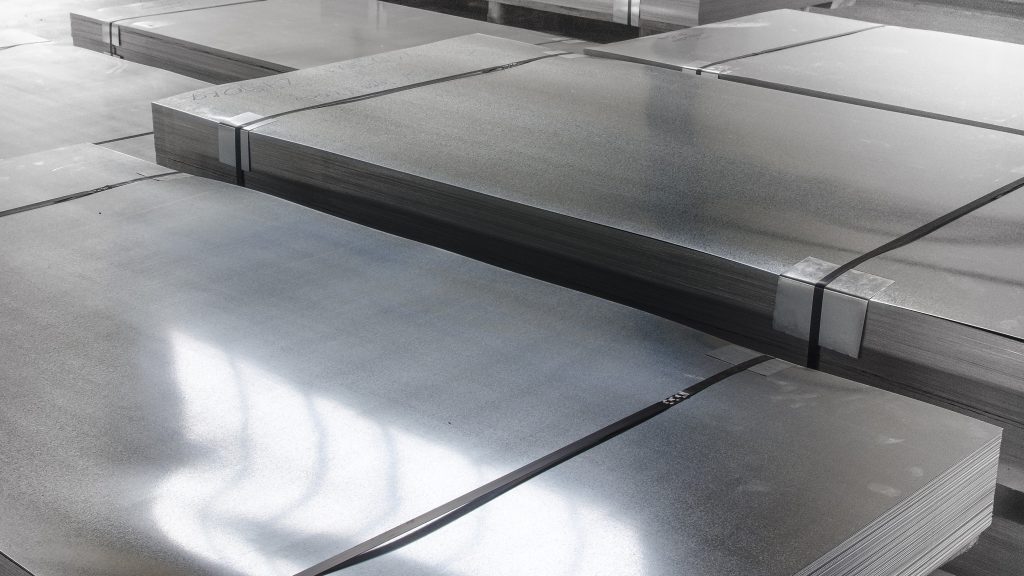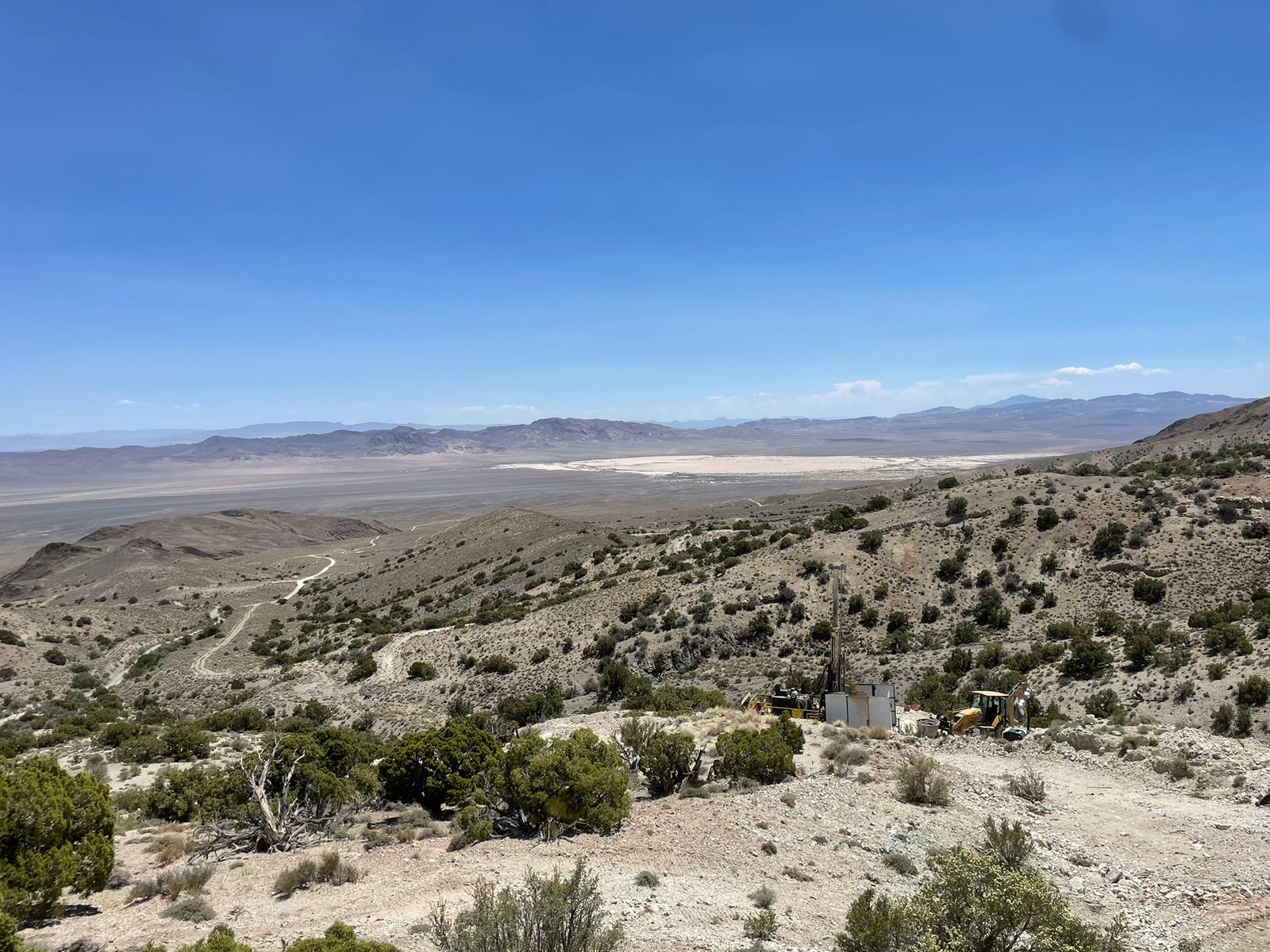Wild ride as tin tips towards scarcity pricing

(The opinions expressed here are those of the author, Andy Home, a columnist for Reuters.)
The bulls are running riot across industrial metals markets as investors bet on global covid-19 recovery.
Copper has grabbed the headlines by surging past $9,000 a tonne for the first time since 2011, but wildest of all is the tin market.
London Metal Exchange (LME) three-month tin hit its own 10-year high of $27,000 a tonne on Monday morning after a week of unprecedented spread turbulence. LME stocks remain desperately low with no sign of relief from a squeezed physical supply chain.

Chinese speculators are now getting in on the action, with Shanghai Futures Exchange (ShFE) tin jumping to life-of-contract highs amid surging volumes and open interest.
While other metals are rallying on expectations of resurgent demand and supply shortfall, genuine scarcity pricing is becoming a reality for the tin market.
LME super-squeeze
The low-liquidity London tin contract has seen its fair share of squeezes before, but nothing compares with last week.
The benchmark cash-to-three-month time spread flexed out to an extraordinary $6,500 a tonne backwardation at one stage.
The cash premium was still a massive $2,525 a tonne at last Friday’s close. To put that into perspective, the previous record was $730 during an ultimately ill-fated attempt to squeeze the London contract in 2009.
Someone came close to paying that record just to roll a position overnight last week. The LME’s “tom-next” spread traded at backwardation of $650 a tonne last Tuesday.
The exchange’s positioning reports have consistently shown at least one, and as many as three, significant longs on the LME cash date, but these positions are measured against historically low non-cancelled stocks.
Shanghai trading volumes were a record 287,569 contracts on Monday
The extreme premium for cash metal has drawn some metal into LME warehouses. Inflows totalled 705 tonnes last week, most of it arriving at Malaysia’s Port Klang.
Any impact, though, was diminished by the ensuing cancellation in the same location of 300 tonnes in preparation for physical load-out.
It seems that what comes into the LME system isn’t going to stick around for long, which attests to the squeeze on the physical supply chain.
Premiums soar
The LME has stepped up its surveillance of the tin contract, unsurprisingly given the extreme time-spread moves last week, but an exchange spokeswoman told Fastmarkets “there is no indication that LME pricing has diverged from the underlying physical market”.
To judge by Fastmarkets’ assessment of the physical supply chain, that appears true.
The premium for tin in warehouses in the US port of Baltimore has almost doubled so far this year to a record $900 to $1,100 a tonne.
The United States is physically short of metal and the cost of container shipments from Asia has exploded owing to continued disruption in the global freight sector.
LME stocks in the country total only 20 tonnes – delivered onto warrant on Friday – and there are only 10 tonnes in Europe at Rotterdam. Fastmarkets assesses the European physical tin premium at a lower $400 to $500 a tonne, but activity is said to be minimal because no one has any spare to trade.
The global tin supply chain was hit especially hard by covid-19 mine lockdowns last year and is now struggling to keep pace with resurgent demand from the electronics sector.
Consecutive years of production deficit have depleted inventories along the supply chain in a slow-fuse trend that is now exploding on the LME.
China bulls
There are stocks of tin in China. The ShFE has 7,401 tonnes of registered stocks, up by 1,926 tonnes since the start of January.
China, however, was a net importer of refined tin last year, reflecting both its own covid-19 supply disruption and its faster manufacturing recovery.
Even if domestic producers can catch up with the country’s internal demand, an inversion of trade in favour of exports would need a profitable arbitrage window.
That could prove a fleeting phenomenon as Chinese speculators flock into the Shanghai market, pushing the local price up to life-of-contract highs and closing any gap with London.
Shanghai trading volumes were a record 287,569 contracts on Monday and open interest has mushroomed by 25% since Chinese markets reopened last Thursday.

This is a typical Chinese commodity market crowd surge as investors rotate into a market with eye-catching price momentum.
Scarcity pricing
Wall Street banks are warning about the potential for scarcity pricing in the copper market, but it has already arrived in the tiny tin market.
The extremity of the LME price action – tin has risen by $3,500 a tonne in the space of a week – is signalling severe supply chain distress.
Until the physical pipeline from Asian supply to European and North American buyers is refilled, premiums are going to remain elevated and LME short-position holders will be forced to compete with the physical market for units.
Producers will, of course, respond to this screaming price signal, but the big question is how quickly they can do so.
Time is of the essence for holders of LME short positions, as it is for the producers themselves.
The flip side of scarcity pricing is what harm it does to demand.
The tin market has underperformed other industrial metals over the past decade because of thrifting and miniaturisation in the electronics sector.
The trend to use less tin in nano-soldering was a reaction to the super-high prices at the start of the past decade, when LME tin rose above $30,000 a tonne.
Thanks to the yawning backwardations across nearby LME time spreads, the LME cash price last week touched a peak of $30,500.
If producers don’t respond soon to calm the waters, tin users will start formulating their own reaction.
(Editing by David Goodman)
{{ commodity.name }}
{{ post.title }}
{{ post.date }}

Comments